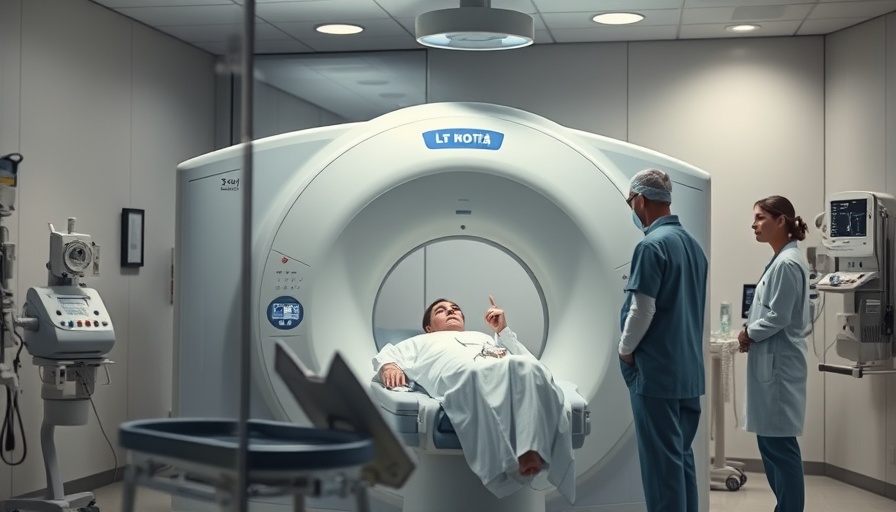
Understanding the Link Between CT Scans and Cancer Risk
Recent research published in JAMA Internal Medicine has stirred conversations in medical circles regarding the potential risks of computed tomography (CT) scans. This study suggests that these commonly utilized tools in healthcare could lead to approximately 103,000 future cancer cases in the United States, which would account for about 5% of all cancer diagnoses. While this figure may sound alarming, it's important to contextualize the findings within the broader scope of medical imaging.
Weighing the Risks Against Benefits
The concerns raised by prominent experts like Dr. Rebecca Smith-Bindman highlight the cumulative effects of ionizing radiation over time. However, the American College of Radiology (ACR) asserts that there is no definitive evidence linking CT scans to cancer. They emphasize the life-saving capabilities of these scans, which often serve as crucial diagnostic tools for numerous conditions, including breast cancer and chronic illnesses. Notably, early detection facilitated by such imaging techniques can lead to better treatment outcomes, underscoring the need for careful risk assessment.
Making Informed Health Decisions
For individuals seeking to maintain their health, understanding the implications of medical imaging is vital. CT scans offer significant diagnostic advantages, particularly in detecting diseases early when they are most treatable. Yet, it's prudent for patients to engage in discussions with their healthcare providers about the necessity and frequency of these scans, weighing their unique health risks against the benefits.
What You Can Do
Those invested in their health and wellness should adopt an active role in their healthcare decisions. Discuss potential risks with a healthcare professional, especially regarding chronic conditions like heart disease and type 2 diabetes, which may necessitate regular imaging for monitoring. Such proactive engagement is key in finding the right balance between necessary medical procedures and safeguarding long-term health.
Call to Action
If you have questions regarding the implications of CT scans on your health, don’t hesitate to reach out. Call us today at 984-238-6164 or email us at tom@mywellnesstrain.com to discuss your concerns and explore the best options for your health journey.
 Add Row
Add Row  Add
Add 




Write A Comment